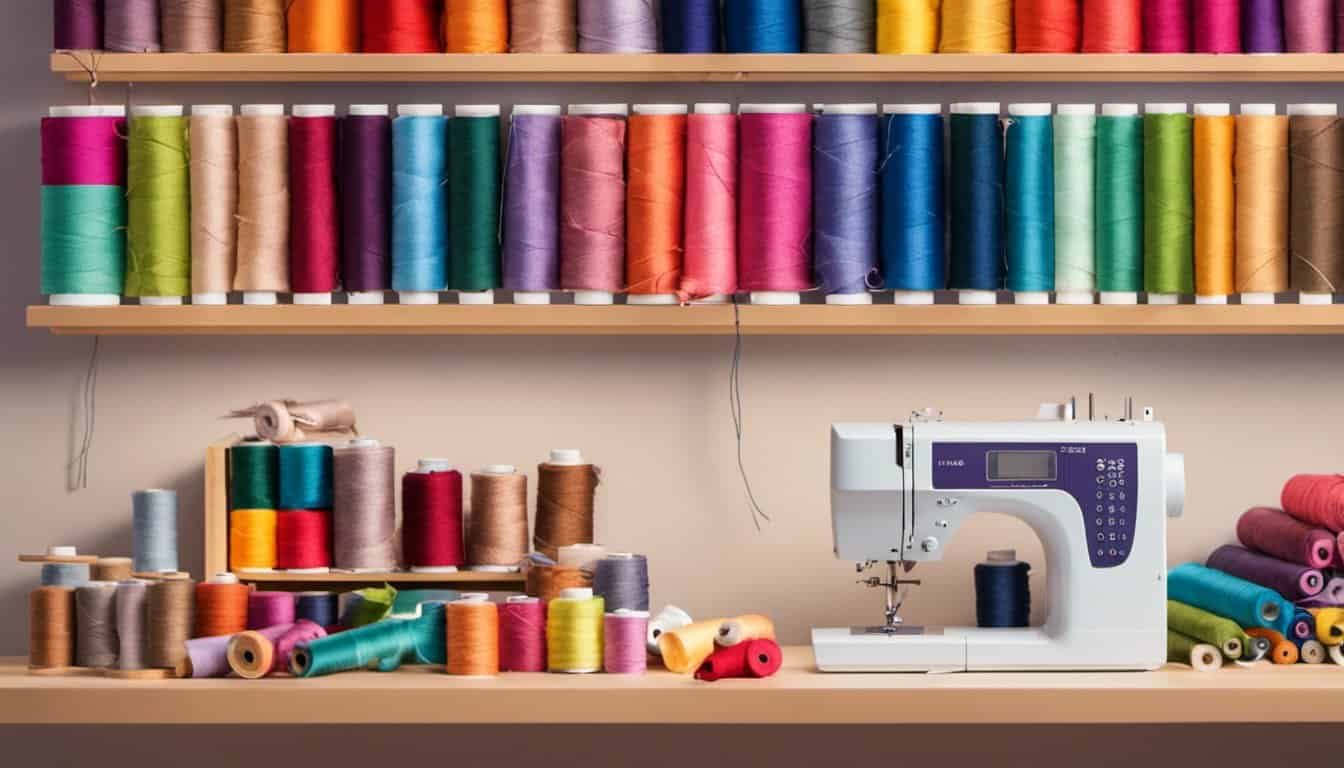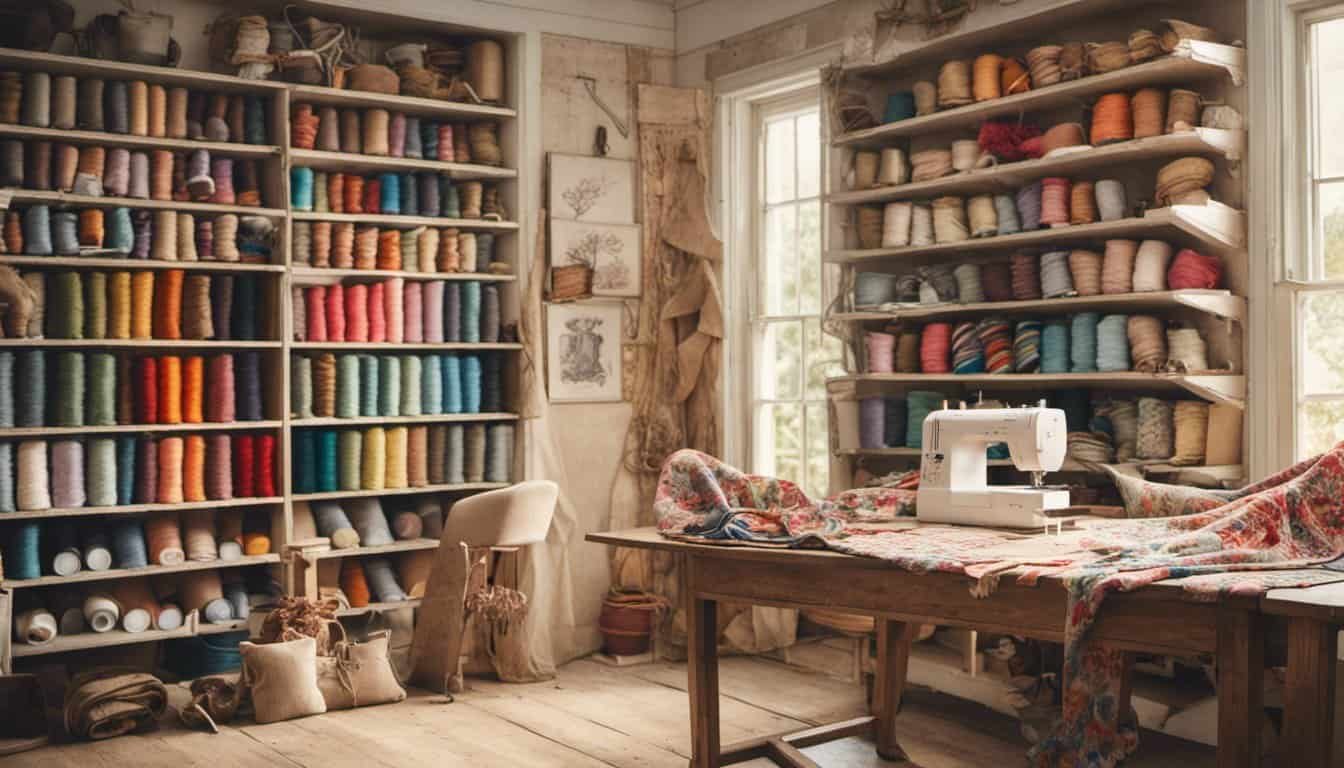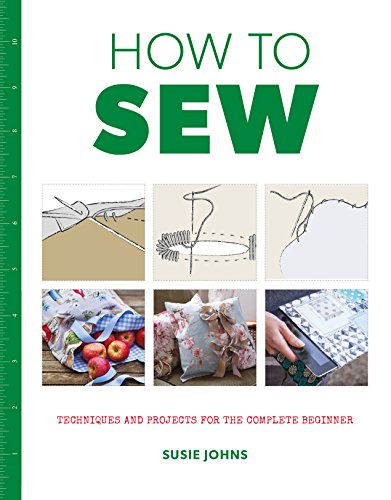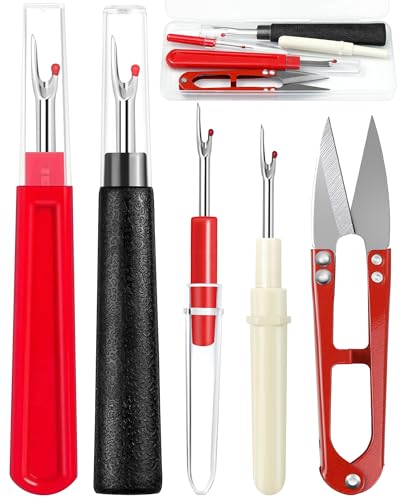Sewing a welt pocket for your coat can seem daunting, but I’m here to make it simple and fun. Whether you’re a seasoned sewist or just starting out, adding these stylish pockets will elevate your coat’s look and functionality.
Understanding Welt Pockets
Welt pockets offer a sleek, streamlined look ideal for tailored coats. I design these pockets using a narrow fabric strip called a welt to form the pocket opening. This approach creates a clean and minimalist appearance, enhancing the coat’s overall style.
Components of a Welt Pocket
- Welt Fabric: I sew this narrow strip into the coat’s exterior, determining the pocket’s depth and width.
- Pocket Bag: Inside the coat, I attach the pocket bag to securely hold items.
- Facing: I use this fabric layer to wrap around the pocket opening, ensuring a smooth finish.
Benefits of Welt Pockets
Welt pockets provide several advantages:
- Elegant Appearance: Their subtle design maintains the coat’s streamlined silhouette.
- Functional Storage: They offer accessible storage without adding bulk, perfect for essentials like wallets or keys.
- Versatility: Suitable for both casual and formal coats, they adapt to various styles.
Variations of Welt Pockets
I incorporate different styles to meet various fashion needs:
- Set-in Welt Pockets: These are integrated into the seam, offering a flush appearance.
- Patch Welt Pockets: Attached to the exterior, they add visual interest.
- Jetted Welt Pockets: Featuring a double welt, they provide a refined look often seen on high-end coats.
Understanding these elements helps me successfully implement welt pockets in my coat sewing projects.
Tools And Materials Needed
To sew a welt pocket for your coat, gather the following tools and materials:
Tools
- Sewing machine: Ensure it has a straight stitch and a zipper foot.
- Rotary cutter and mat: For precise fabric cutting.
- Pins and pincushion: To hold fabric pieces in place.
- Iron and ironing board: For pressing seams and welt folds.
- Measuring tape: To take accurate measurements.
- Seam ripper: Handy for correcting mistakes.
- Chalk or fabric marker: To mark pocket placement.
Materials
- Fabric for the coat: Choose a durable material suited for your design.
- Welt fabric strip: Typically 1 to 1.5 inches wide, matching or contrasting the coat fabric.
- Pocket bag fabric: Durable and matches the coat’s interior.
- Thread: Strong thread that matches your fabric color.
- Pattern paper: To draft pocket templates.
- Interfacing: Provides structure to the welt and pocket.
- Zipper (optional): For jetted welt pockets requiring a concealed closure.
Optional Accessories
- Binding tape: For finishing raw edges around the pocket area.
- Templates or pocket guides: To ensure consistent pocket sizing and placement.
Having these tools and materials ready will streamline the process of sewing a professional-looking welt pocket for your coat.
Preparing The Fabric
Before diving into sewing, I ensure all fabric pieces are accurately prepared. Proper preparation sets the foundation for a flawless welt pocket.
Measuring And Marking
I start by measuring the desired pocket placement on the coat. Using a measuring tape, I mark the exact location for consistency. Typically, welt pockets are positioned evenly on each side, about 5 inches below the collar. I mark the width of the welt, usually 3 inches, and the pocket opening height, often 1.5 inches. To ensure precision, I use a fabric marker or chalk, making small, clear lines that guide the sewing process.
Cutting The Welt
Next, I cut the welt fabric strips. I measure twice and cut once to avoid errors. For a standard coat, I need two welt strips, each 3 inches wide and 8 inches long, allowing extra length for seams and adjustments. I place the fabric on a rotary cutter with a cutting mat for clean, straight edges. After cutting, I press the strips with an iron to remove any wrinkles, ensuring they lie flat during assembly.
Sewing The Welt Pocket
Assembling and attaching the welt pocket ensures a polished finish on your coat. Follow these steps to achieve a professional result.
Assembling The Components
Begin by constructing the pocket opening. Align the welt fabric strips with the marked pocket placement. Secure the pocket bag to the coat’s lining, ensuring it matches the pocket’s dimensions. Use a straight stitch to sew the welt to the coat, maintaining consistent tension for even stitching. Press the seams flat to enhance the pocket’s sleek appearance.
Attaching The Pocket
Position the assembled pocket components onto the coat fabric. Pin the pocket securely, verifying alignment with the previously marked placement. Sew the pocket in place using a straight stitch, reinforcing the edges for durability. Remove any excess threads and give the pocket a final press to complete the attachment.
Finishing The Pocket
Press the seams to ensure a flat, professional appearance. Use a warm iron and press each seam open for accuracy.

Trim any excess threads to prevent bulk. Snip threads close to the stitching line for a clean finish.
Topstitch the pocket edges for added durability. Sew two rows of straight stitches along the pocket opening, maintaining even spacing.
Reinforce stress points to enhance longevity. Apply additional stitching where the pocket meets the coat, reducing wear over time.
Inspect the pocket alignment for consistency. Use measuring tape to verify that both pockets are evenly placed and symmetrically aligned.
Finalize the pocket by pressing it one last time. Ensure all seams lie smoothly and the pocket maintains its intended shape.
Tips For Successful Sewing
- Choose the Right Fabric
« Mastering the Dart: 7 Expert Techniques for Perfectly Shaping Fabric Every Time
Unlock Perfect Sewing with Basting Stitch Basics: When and How to Use It »
Selecting a fabric that matches your coat ensures a seamless look. For example, use wool for a winter coat or cotton for a lighter jacket.
- Accurate Measurements
Measure pocket placement precisely, typically 5 inches below the collar. Use a measuring tape and fabric chalk to mark dimensions clearly.
- Use Sharp Tools
Utilize a rotary cutter and sharp scissors to cut clean edges. Clean cuts prevent fraying and make sewing easier.
- Maintain Consistent Tension
Adjust your sewing machine’s tension based on fabric type. Consistent tension avoids puckering and ensures even stitching.
- Press Seams Thoroughly
Iron each seam after sewing to keep them flat. Pressing helps define the pocket shape and enhances the coat’s appearance.

- Reinforce Stress Points
Backstitch at the beginning and end of seams. Reinforcing these areas prevents tearing and extends the pocket’s life.
- Pin Carefully
Use quality pins to secure fabric layers. Proper pinning ensures accurate alignment and prevents shifting during sewing.
- Test on Scrap Fabric
Practice stitching on a scrap piece first. Testing helps you adjust techniques and settings before working on the actual coat.
- Use High-Quality Thread
Choose strong, matching thread for durability. High-quality thread withstands regular use and maintains a neat finish.
- Follow a Step-by-Step Plan
Adhere to a sewing pattern or guide. A structured approach ensures all steps are completed accurately and efficiently.

Conclusion
Creating a welt pocket has been a fun and fulfilling project for me It’s incredible how such a simple detail can transform a coat’s style and functionality Whether you’re new to sewing or have years of experience I hope this guide made the process clear and enjoyable Don’t hesitate to try different fabrics and styles to make each pocket your own Happy sewing!

















